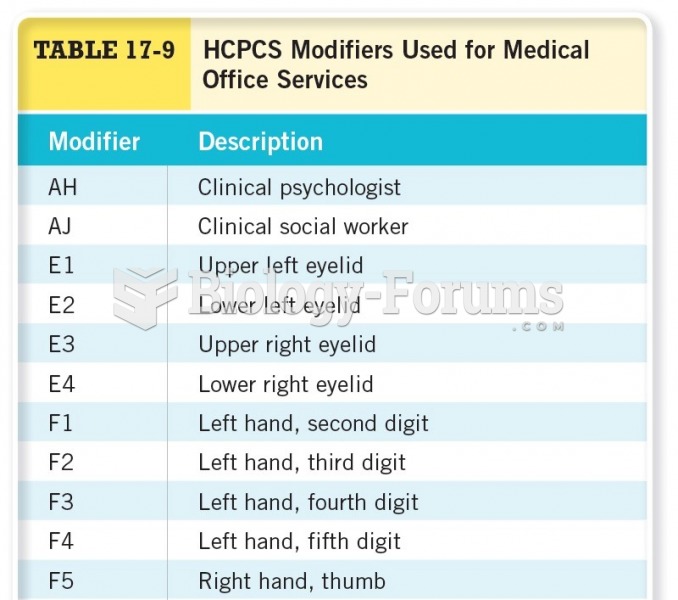Answer to Question 1
Answers should include (but may not be limited to) the following:
The E/M category you find the most challenging, including
the aspect of the category requirements
the site of service
healthcare service provided
Answer to Question 2
Answers should include (but may not be limited to) the following:
Because critical care requires time to assess the presentation of the critical illness, as well as the time to identify the illness, injury or disease process that is contributing to the vital organ system failure, intraservice time becomes the overwhelming factor in reporting care provided in an intensive care setting.
Content of service is not warranted in reporting critical care services because the history is not as important as the physical examination. Likewise, medical decision making may comprise the majority of the intraservice time in an intensive care setting.
Although intraservice time is such an important factor when reporting critical care, there are clear requirements for the documentation of intraservice time spent in providing critical care. The performance of such services as include reviewing records and diagnostic results and discussing the patient's critical illness or injury with other qualified healthcare professionals, services that may not occur at the patient's bedside or in the presence of the patient's family. As with unit/floor intraservice time, any activities performed or time spent by the physician away from the unit or off the floor may not be counted as critical care time.
Reference to the four part conditional statement may be included.







